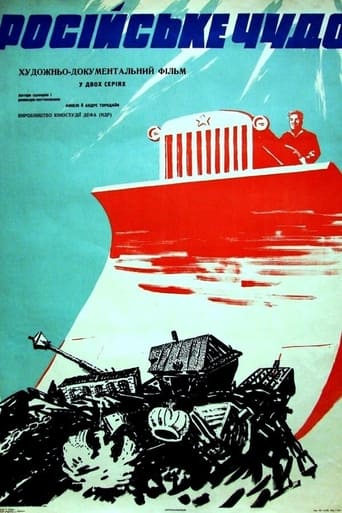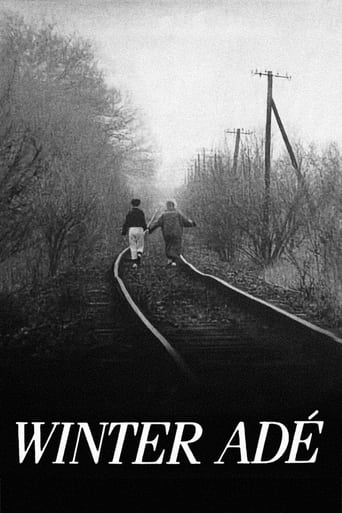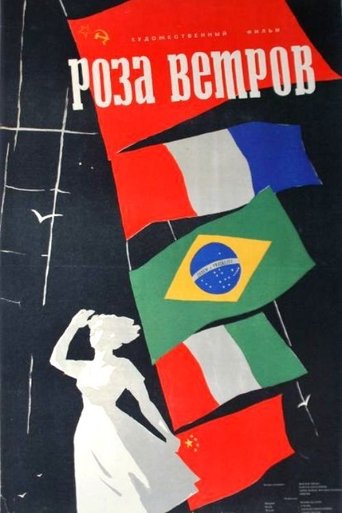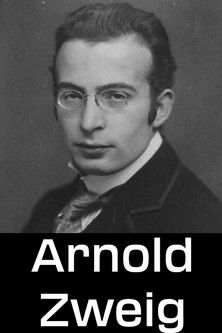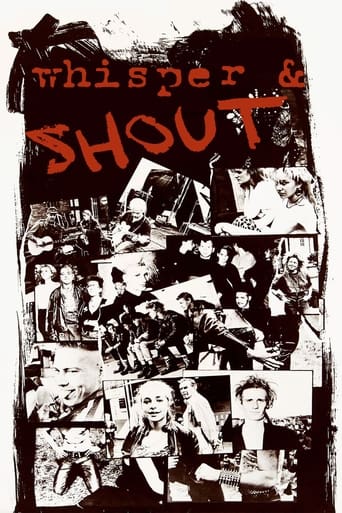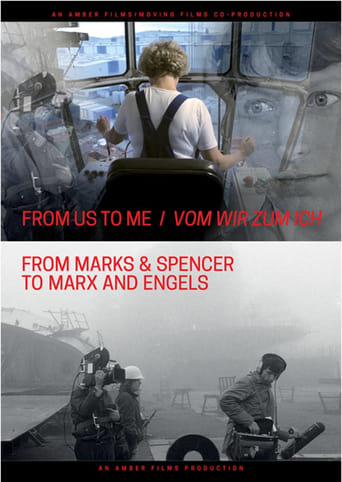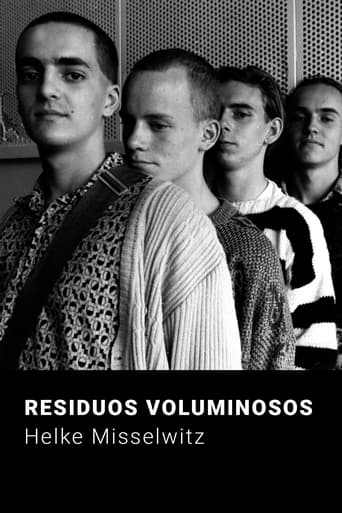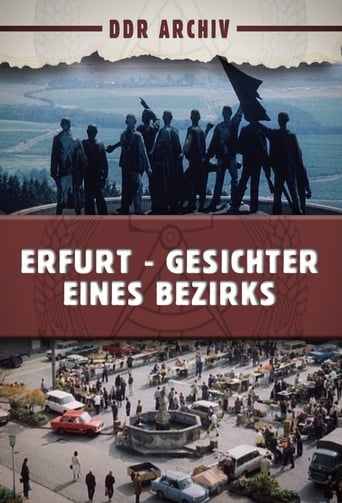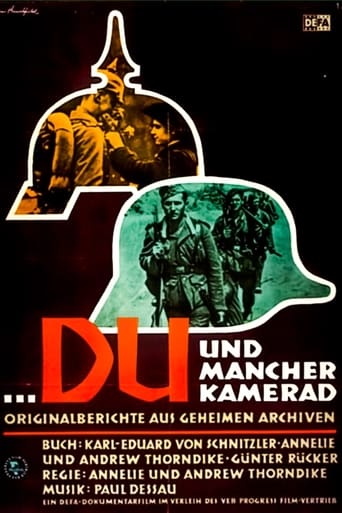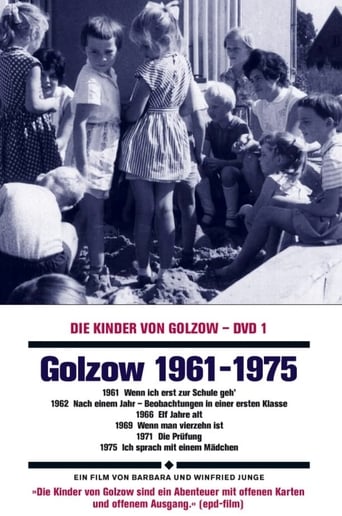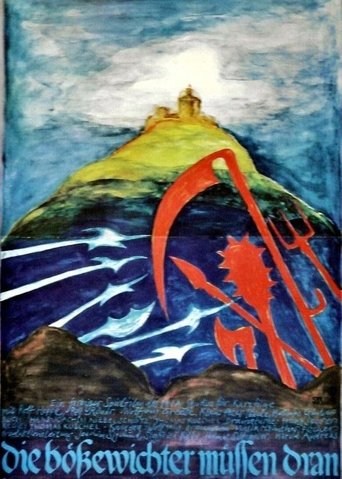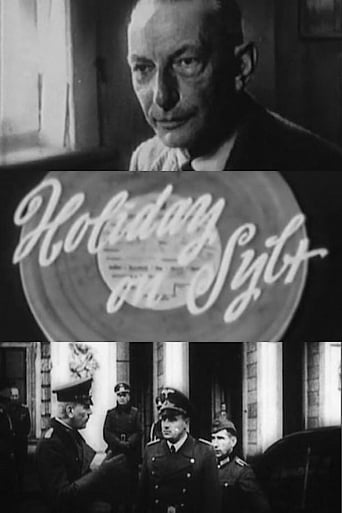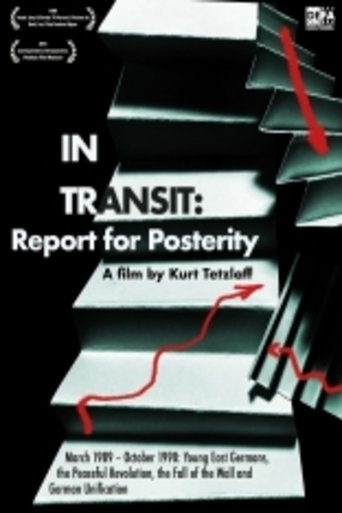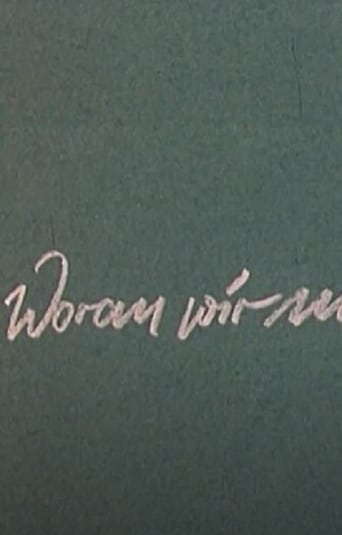The Russian Miracle 1963
Das russische Wunder (The Russian Miracle) (1963) is a two-part East German documentary directed by Annelie and Andrew Thorndike. The documentary chronicles Russia’s dramatic transformation from the Tsarist Empire to the Soviet Union, covering key historical moments including the 1917 October Revolution and the rise of Soviet communism. Through the use of archival footage, the film explores the socio-political upheavals that reshaped Russia and culminates in the achievements of the Soviet space program. Produced by DEFA, it was first broadcast on East German television in 1963, offering an insightful look at Russia's 20th-century evolution.
